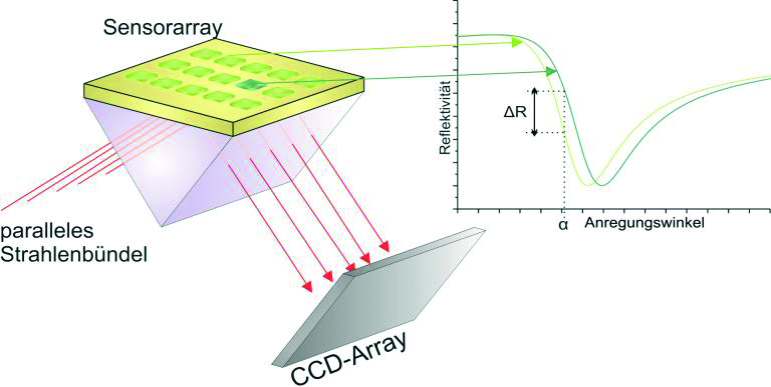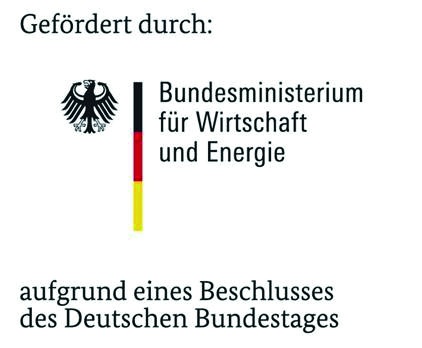The Federal Ministry for Economic Affairs (BMWi) supports innovative projects with targeted funding programmes. OELCHECK too is active in research and development and is currently involved in three funding projects.
Start of µ-Spin in 2014
As part of a first funding project six years ago, OELCHECK began its cooperation with OTH Regensburg and the University of Regensburg. Project µ-Spin was then launched together with other partners (Starkstrom-Gerätebau GmbH and Maschinenfabrik Reinhausen GmbH), with the aim of developing a new type of sensor based on surface plasmon resonance spectroscopy for insulating oils that enables permanent monitoring of technical fluids using “surface plasmon resonance imaging (SPR-i)” technology. This should make it possible to extend service life and increase energy efficiency. Basic investigations of the lubricating oil were carried out and two types of insulating oil were specifically contaminated during tests and then measured in order to be able to show the changes in the analysis .
The follow-up project MicroSpinII (which started in November 2019) is now aiming to bring the sensor to application maturity with the help of new industrial partners (OTH Regensburg, University of Regensburg, Deggendorf Institute of Technology, Starkstrom-Gerätebau GmbH, GEFASOFT GmbH, TOPTICA Photonics AG, Solnovis GmbH, University of Regensburg, FUCHS Schmierstoffe GmbH and Messko GmbH). Doping of the sensor surface will be realised in contact with the oil to be measured and subject to the measurable changes depending on the degree of ageing. The focus is on the degradation of ageing inhibitors and oxidative degradation of the base oil, with the formation of the respective breakdown products. At the same time, the corresponding oils will be examined at OELCHECK in order to correlate the data obtained by the sensor. Multivariate evaluation algorithms will then be generated in order to be able to show the changes in the oil in real time.
Need for dedicated analytical methods for e-mobility gear oils
Since April 2019, OELCHECK has been involved in a project funded by ZIM (the Central Innovation Programme for SMEs) focusing on “developing a methodology for analysing and characterising e-mobility lubricants”. The cooperation partner is the Karlsruhe Institute of Technology (KIT).
The automotive industry is facing enormous changes. Alternative drive forms are entering the market. The requirements for lubricants for electronic final drives have changed and mean that the scope of analysis has to be adjusted – for fresh oil and for the quality inspection of used lubricants.
Nuclear magnetic resonance, a method OELCHECK has already further developed with KIT for analytical characterisation of oils, is suitable for this. The NMR method for quality assessment will now be expanded and tested as an application for the newly developed material systems of e-mobility oils. To begin with, the knowledge of lubricants intended for electric drives will be analysed in order to identify possible ageing processes based on this. The intention is then to develop a basic system for analysing and evaluating known e-lubricants.
OELCHECK would like to establish an efficient and cost-effective test that will provide a practicable basis for evaluation, such as the limit values for the ageing of e-mobility lubricants.
New ZIM InfraOil project
The new ZIM InfraOil project was launched in June 2020. The aim of the project is to develop a near-infrared and an optional fluorescence sensor system for inline detection of signs of ageing or decomposition in hydraulic oils. This should enable continuous quality control and, if necessary, partial reconditioning of the oils.


